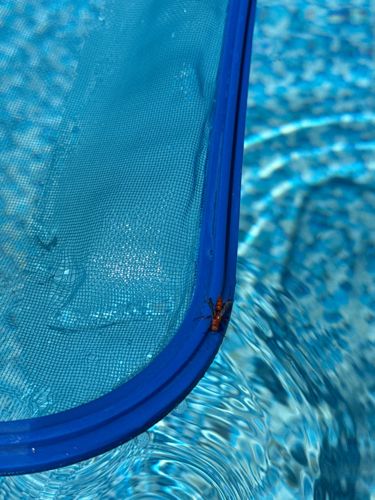Ant
Scientific Name: Formicidae
Order & Family: Hymenoptera, Formicidae
Size: Typically 2 to 20 mm, but can range from under 1 mm to over 30 mm.

Natural Habitat
Highly variable depending on species; found in diverse terrestrial environments including forests, grasslands, deserts, urban areas. Often found in soil, under rocks, logs, or within structures.
Diet & Feeding
Highly varied, depending on species. Many are omnivorous, feeding on nectar, seeds, fungi, other insects (both living and dead). Some are predators, scavengers, or even fungicultivists.
Behavior Patterns
Ants are social insects living in colonies that can range from a few dozen to millions. They exhibit complex social structures with specialized castes (queen, workers, males). They are known for their organized foraging, trail-following, nest building, and cooperative brood care. Many species are highly territorial.
Risks & Benefits
Potential risks include painful stings (e.g., fire ants), property damage (e.g., carpenter ants nesting in wood), and contamination of food. Benefits include pest control as predators of other insects, soil aeration, seed dispersal, and decomposition of organic matter, contributing to ecosystem health.
Identified on: 9/3/2025